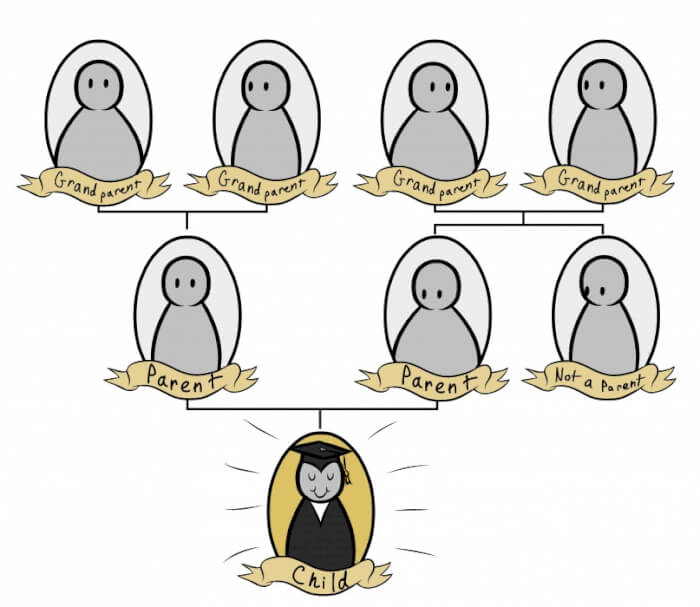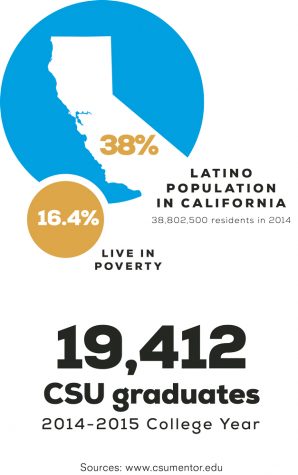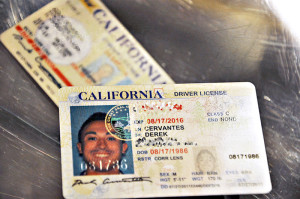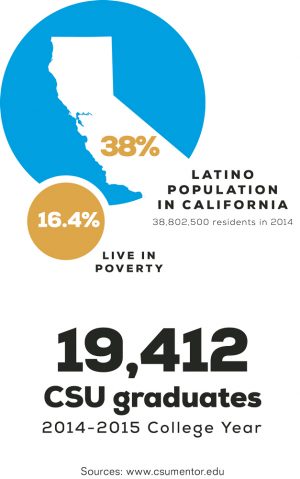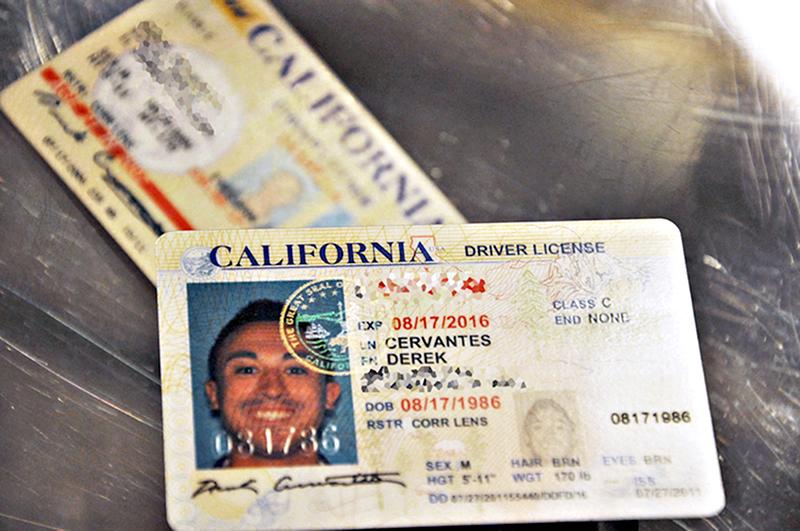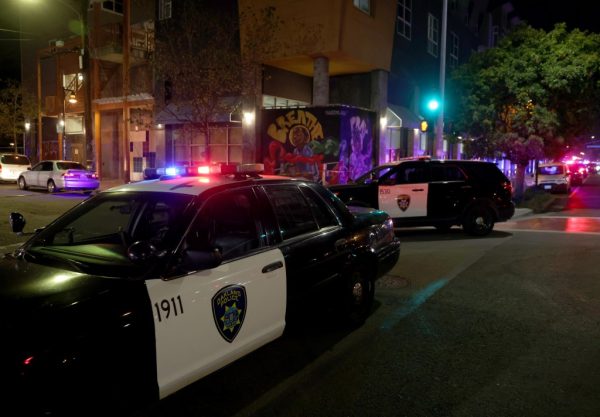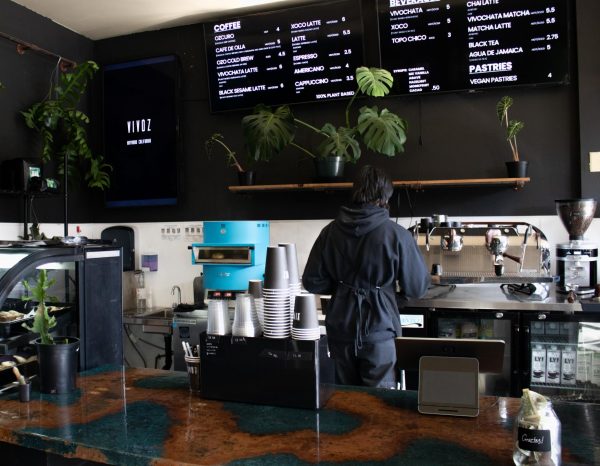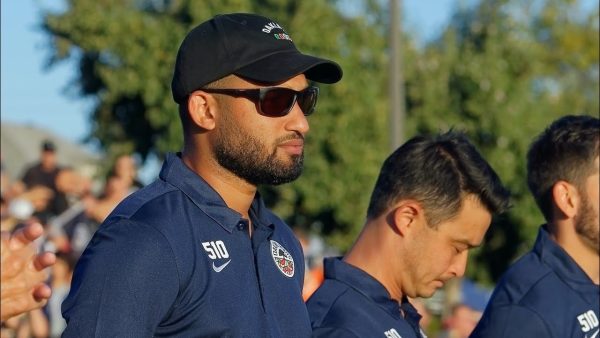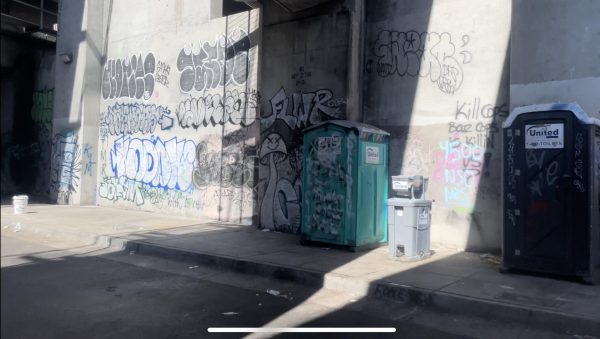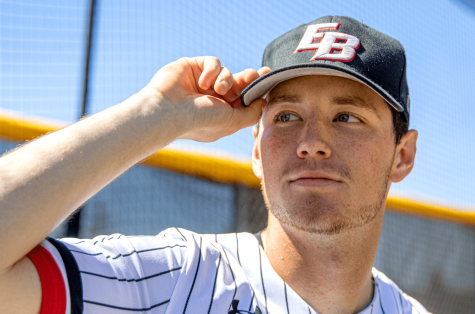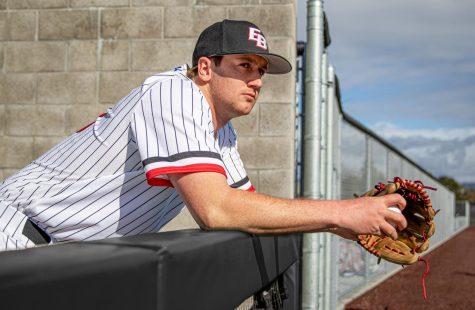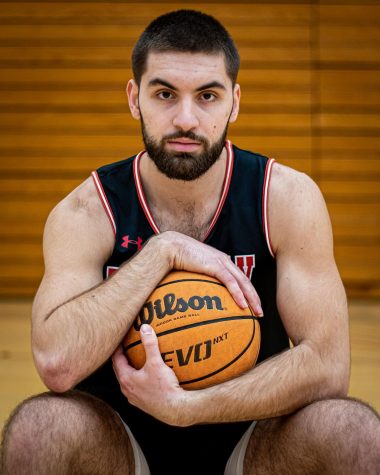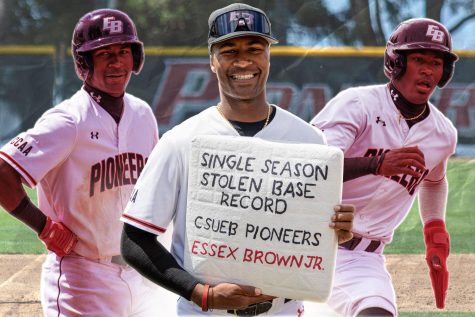Mentoring first generation college students
November 30, 2017
The room is filled with students, many of them learning the rigors of college for the first time in their lives. Staff members and college alums take turns addressing the packed hall of first-generation college students. Each student in attendance has a single goal in mind: to receive as much information about the college experience as possible.
Students listen attentively while different leaders of the High Potential group take turns leading the discussion. High Potential is located on the campus of Saint Mary’s College in Moraga and was created in 1973. Their mission is to assist first-generation and low-income students adjust to college and help them progress through their four years of college. This program also offers scholarships to its members who commit long-term to the club.
Students were encouraged to bring their laptops with the chance to receive on-site assistance while mentors were on hand. This particular meeting was a mid-semester check-in for High Potential members who were seeking assistance with anything troubling.
“I was close to failing the class,” said Mike Naur, a junior from Saint Mary’s College who had been struggling with his Quantitative Methods course. High Potential leaders recommended a tutoring service for him, an option he was not aware of prior to the club meeting. “I was embarrassed to ask my professor for help but my peer mentor encouraged me to venture out and connected me with a tutor who helped me pass the class.”
The Department of Education recently did a national study and discovered that 50 percent of the college campuses in the United States have first-generation college students embodying their college campuses. Underneath all the difficulties that college entails, there are a growing number of students who begin their college lives at an extreme disadvantage, often before they even step foot on their campus. The National Center for Education Statistics reported that 50 percent of students from low-income households enrolled in postsecondary institutions as opposed to the 82 percent of students from high-income households.
The club has several meetings throughout the semester with focusing on a variety of topics. Some of the topics include reviewing student’s FAFSA accounts, resume and career workshops, tutoring and academic advising. During this particular meeting, club leaders worked their way around the hall, speaking with students one-on-one and discovering what issues could be troubling their members during this semester.
“I wanted to join the program as a freshmen because I had no idea what I was doing, and neither did my parents because I was a first generation college student,” said Janelle Atienza, a recent graduate of Saint Mary’s who was involved in High Potential’s Peer Mentor Program. “This program was a great way to be more aware of the opportunities and resources available on campus.”
The program pairs freshmen and sophomore students with current grad students or an alum mentor to aid them through everyday college life. The Peer Mentor Program aims to be a voice of experience for first-generation students who are enduring the challenges of college for the first time and have no one to turn to for advice. The mentors act as “big brothers and sisters” and constantly check in with their mentee even with household issues.
Numerous college campuses in the Bay Area have their own equivalent program that focuses on assisting first-generation college. CSU East Bay’s program for first-gen students is called the Excel Program. Similar to High Potential, Excel has been around for 45 years and reaches out to help freshmen, transfer students, students with disabilities and continuing students.
Excel accepts applications from students anytime during the quarter. Once an application has been submitted, students wait one to two weeks before getting scheduled for a meeting with one of the Excel counselors. Students are then assigned a counselor who will assist them during their time on campus. Excel assists their students in school and outside of school as well. They offer guidance counseling and graduate school advising, two invaluable resources that can benefit students outside of school and after their undergraduate years.




